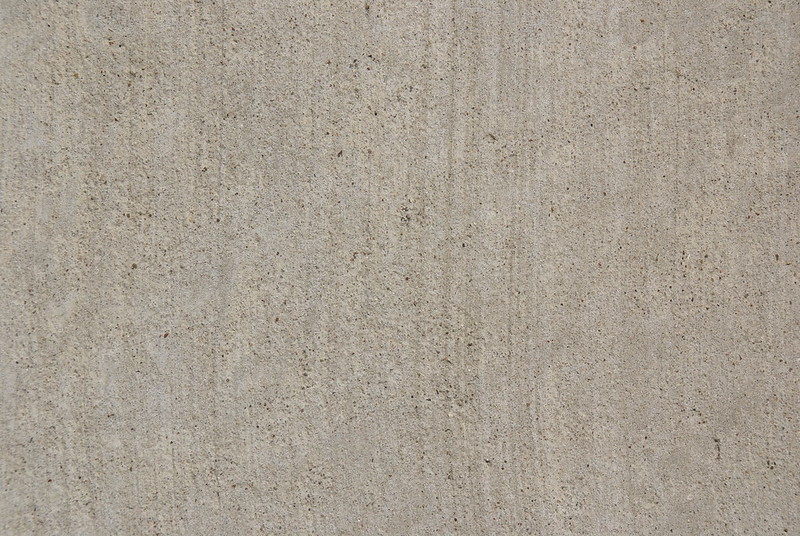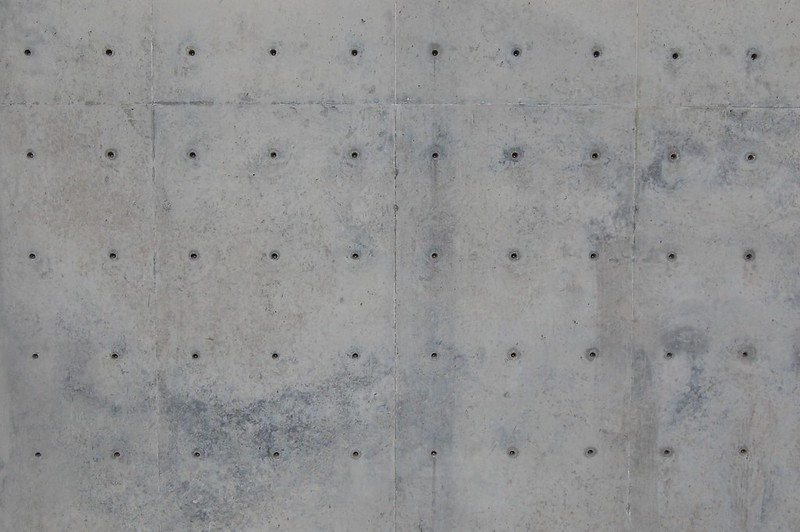Strongest Types of Concrete
Generally, concrete is a durable and robust building material, but its strength is not the same. Various types of concrete have different levels of strength, which will depend on the purpose for which it will be used. Here are the strongest types of concrete available and what determines the strength of concrete.
There are specific properties that determine the strength of concrete. They are listed below.
Compressive Strength: concrete is mostly measured by its comprehensive strength. This is determined by measuring the pound per square inch (psi) of the concrete. This strength determines the concrete capacity to carry a load that will decrease its size. To measure this, the concrete is broken and placed in a machine designed for the purpose. The comprehensive strength of concrete is essential as it is the first thing that determines whether the concrete can perform its purpose or not.
Pound Per Square Inch of Concrete: the measurement of the compressive strength. Regular concrete usually has a psi of between 2500 and 3000. The psi will depend on the purpose of the concrete and the climate in the area. The psi is measured at various times until the twenty-eight-day and its psi at that time is used.
Tensile Strength: the concrete tensile strength is its ability to withstand pressure and not break or crack under tension. The higher the tensile strength of concrete, the lesser the cracks in it or the risk of it breaking. Regular concrete does not have high tensile strength, so concrete has to be reinforced with materials such as steel to improve its strength.
Flexural Strength: this is another way to measure tensile strength; here, the focus is on the resistance ability of unreinforced concrete to bending. To get the right flexural strength, there is a need to mix the concrete properly, and the handling, as well as curing, must go well too.
Types of Concrete
Ultra-high Performance Concrete: this is the strongest type of concrete available today. This concrete is made with the normal ingredients with the addition of 20-25% fiber in the mix. Such fiber materials can be fiberglass bars, steel, basalt, stainless steel, or polyester. Stainless steel and steel are the most durable type of fiber that could be added. UHPC Concrete usually has a tensile strength of 1700 psi, a flexural strength that can be above 2000 psi, and compressive strength of over 20000 psi. It could even extend to as much as 50,000 psi in some cases. All these qualities make the concrete super strong, durable, resistant to very adverse conditions, lighter, and more moldable.
Reinforced Concrete: This is regular concrete reinforced with steel to add to its strength. Different types and patterns of steel can be used. For instance, you can use meshes, rods, bars, among others. There must be a perfect bond between the concrete and the steel. It is commonly used in industrial or heavy construction as it is capable of bearing very heavyweight.
Prestressed Concrete: this is precast concrete with steel reinforcements. The reinforcements are tensioned before being embedded in the concrete. They are created so that the lower part is more durable against tension, thus preventing cracks from such pressure. Therefore, tensile strength is what a prestressed seeks to achieve. It is very strong and durable and used in industrial constructions and super-structures that have a heavy dead load. These include long-span roofs in commercial buildings, flyovers, different types of bridges, etc.
High-performance Concrete: this concrete is mixed with normal ingredients and additives that will significantly improve its strength. Such additives include slag, silica fumes, fly ash, and other chemical admixtures.
For more knowledge regarding concrete contact your local concrete contractor and ask them questions.

